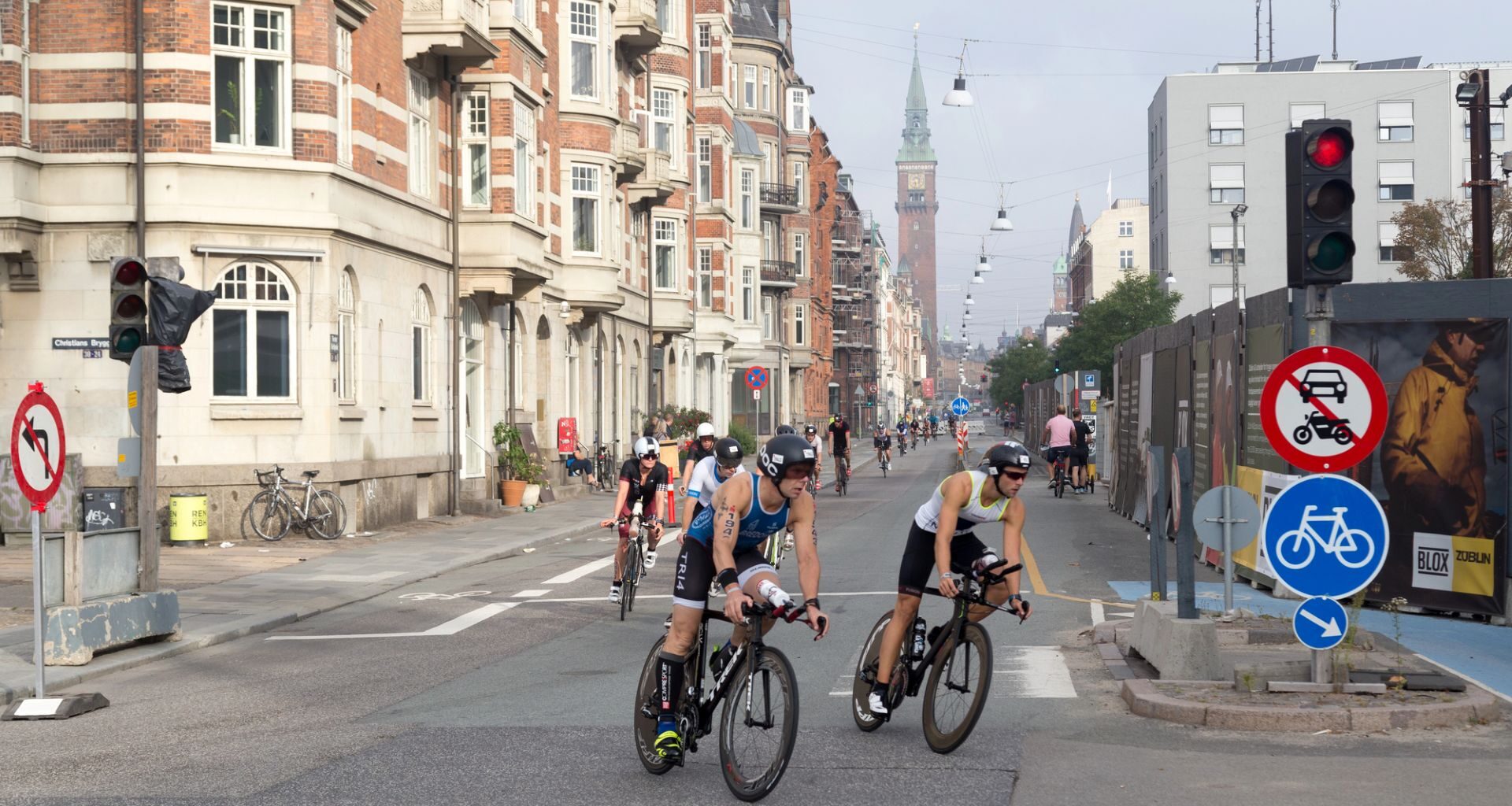For bike commuters in Copenhagen, catching a string of green lights during rush hour is no fluke; it’s part of a “green wave” design that’s now expanding citywide in an effort to help rush-hour cyclists.
This wave is greener in more ways than one; lots of green lights make the cycling experience more seamless, encouraging people to bike, and, in turn, benefiting the environment.
Since its launch about 16 years ago, Copenhagen has synchronized traffic signals on major routes so that a cyclist traveling at about 12 mph can roll through multiple intersections without stopping, according to The Guardian. Under a new municipal budget, the system will be extended to 15 additional routes.
The expansion signals the Danish capital’s serious and continued commitment to nudging residents away from fossil-fueled transport.
This approach makes the city more convenient and can help Copenhagen achieve broader climate and public health goals.
Multiple studies show that cycling reduces carbon output. One study published in Transportation Research Part D: Transport and Environment found that cyclists had 84% lower emissions from travel than non-cyclists. The Cycling Embassy of Denmark also reported that “the amount of people who choose bicycles in favor of cars save Copenhagen from 90,000 tons of CO2 emission annually.”
Want to go solar but not sure who to trust? EnergySage has your back with free and transparent quotes from fully vetted providers that can help you save as much as $10k on installation.
To get started, just answer a few questions about your home — no phone number required. Within a day or two, EnergySage will email you the best local options for your needs, and their expert advisers can help you compare quotes and pick a winner.
Per the United Nations, half of all residents in Copenhagen cycle to work or school each day, and the city now boasts more bicycles than people. On a global scale, more people cycling in place of driving cars could cut urban transport emissions by up to 10%, according to the Institute for Transportation and Development Policy.
More bike riders and fewer drivers lead to fewer tailpipe pollutants, cleaner air, better mental and physical health, and less noise exposure. The Danish government has reported that residents who cycle take 1.1 million fewer sick days in total, and every kilometer biked instead of driven generates roughly $1.17 in health benefits.
Copenhagen’s green wave has become so popular that more cyclists are on the road, and many have had positive responses to the expansion.
Lars, a cyclist, told The Guardian, “The idea is nice because usually the lights are set at the speed of the cars.”
“It’s so important to have the freedom on a bike to just ride along at a good speed,” Line Barfod, the city’s mayor for technology and environment, told the outlet. “You can feel the city wants you — and supports you — going on a bike.”
If Copenhagen’s green wave creates a global ripple effect, it could encourage people to choose cycling and improve the health of their communities and the planet.
Join our free newsletter for good news and useful tips, and don’t miss this cool list of easy ways to help yourself while helping the planet.


